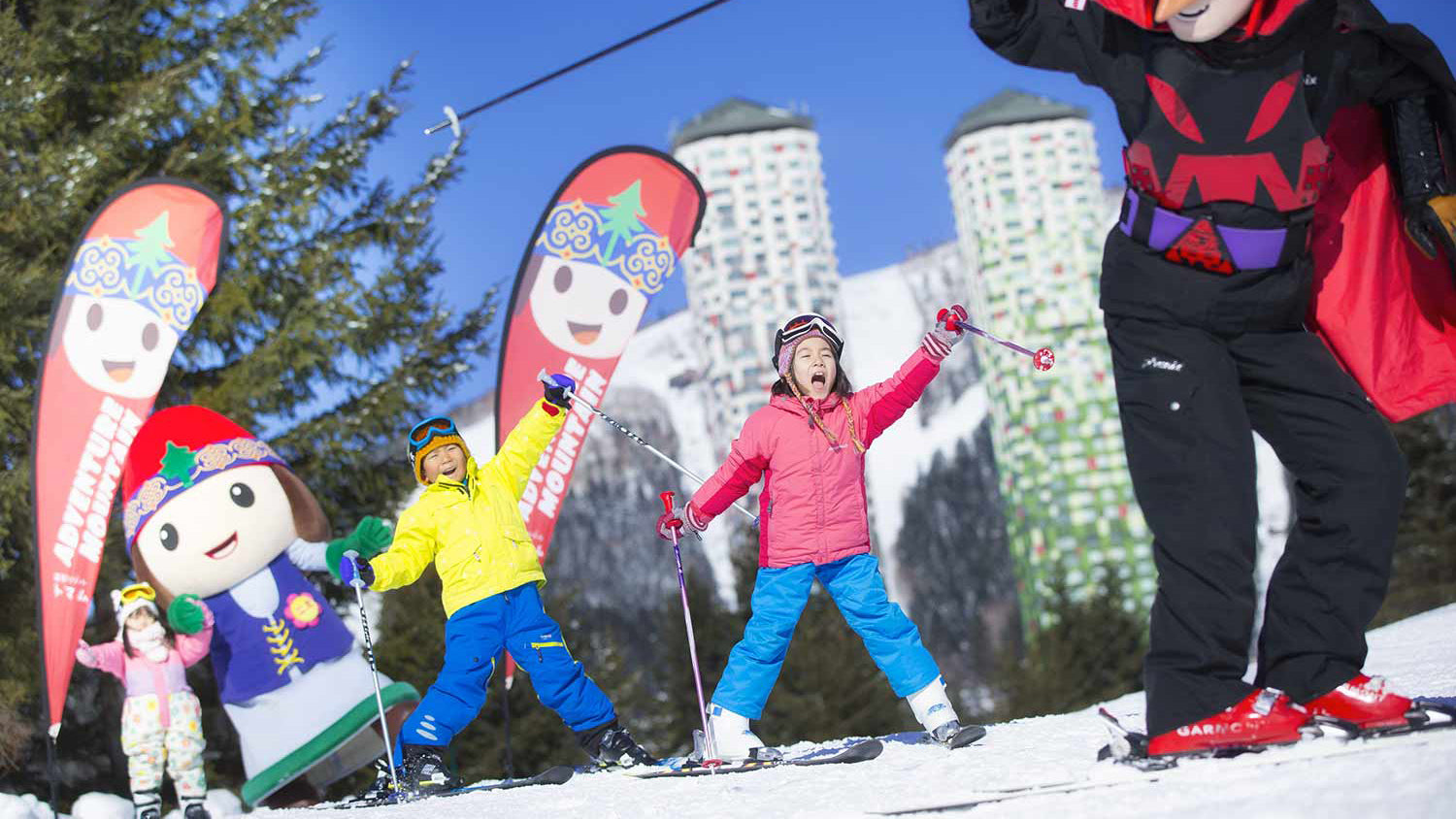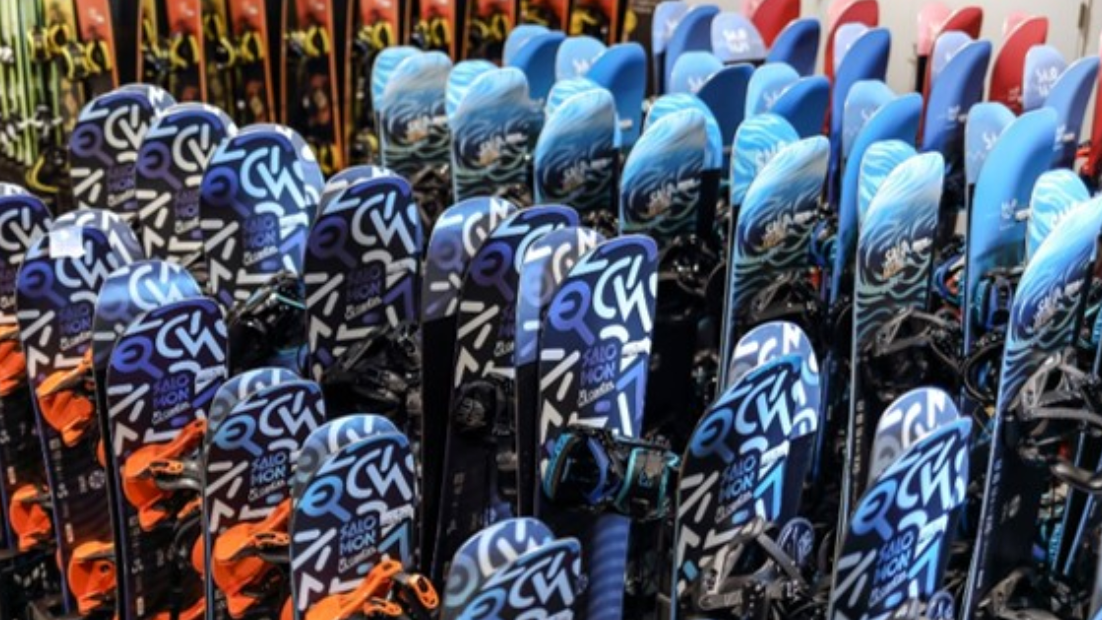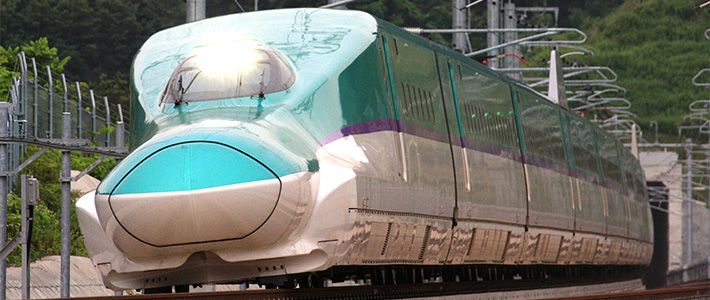Mt. Bandai, Fukushima
Close to Tokyo, Mt. Bandai is a place to experience skiing as most local residents do with relatively modern amenities thanks to management by one of Japan’s leading resort operators, Hoshino Resorts. Technically two ski areas, Alts Bandai and Urabandai Nekoma, owned by the same company (and not to be confused with a third ski operation called Urabandai), the lift operations fall on different sides of the massive stratavolcanic slopes of what is considered one of Japan’s “power spots”. An 800 meter traverse connects the two areas and joint lift tickets are available.
As with anywhere else in Japan, unforgettable powder days are possible at Bandai, but more luck is required than at higher altitude and more northern mountains. The appeal of Mt. Bandai is its proximity to Japan’s capital as well as the culturally rich Aizu-Wakamatsu region where the essence of bushido and the samurai can still be observed among the mountains and lakes.
Japanuary Radar

Inclusive Trips and Tours

Snow Quality / Quantity
Snow Quality: Mt. Bandai is an exposed mountain formation that garners cold air from December through February, keeping snow light and crisp. Currents tend to quickly turn March conditions to spring and slush.
Snow Quantity: Mt. Bandai averages around 3 meters of snowfall per winter. Enough to keep the slopes amply coated even if not sufficient most of the time to enable grammable rooster tails.

Ski School
The Bandai ski school is generally set up for a domestic customer base. The fact that Japan has been veering towards inbound tourist numbers equal to ⅓ of its population, multi-lingual instruction is available even if not the standard for the ski school.

Rental/Retail
As is typical for ski operations in Japan which cater to a weekend customer base that tends to shop close to home, rental and retail options are limited, although Hoshino Resorts tends to make sure that the offerings are contemporary and of decent quality.

Dining
General Dining: Most visitors to the Bandai ski area will take their breakfasts and dinners at their hotels. For those with access to a car, hundreds of genuine local eateries are available.
Fine Dining: There are some elegant locations in which a traditional meal can be enjoyed in Aizu-Wakamatsu, including Takino Wappa-meshi, but a longer drive to the historic town of Nikko is needed to move into the upper reaches of gourmet cuisine. Exceptional wagyu can be enjoyed at Gourmand's Wagyu.

Lodging
A limited number of moderate service, older hotels are in the Mt. Bandai and Lake Inashiro area. The Hoshino Resorts Bandai Onsen Hotel is the only modern option with a higher level of service, and a few more traditional ryokan are also in the area for a more fully immersive experience.

Air Access
Technically, Fukushima Airport is closest to Bandai, but most visitors will travel by shinkansen from Tokyo to Koriyama Station and then make the short drive to Bandai from there.

Cultural Experience
The Aizu-Wakamatsu area close to Bandai brims with connections to Japan’s famous feudal past. With castles still standing and samurai museums as well as a few preserved historic districts, taking a day off from the slopes can lead to an enriching dive into history. A bit further afield is the Toshogu in Nikko, the 17th century shogun’s grand summer retreat. To the north of Mt. Bandai is the town of Kitakata, which hosts more ramen shops per capita than any other in the country and is home to one of the top three ramen traditions.

Family/Kids
Alts Bandai is set up as a family ski area with the added bonus of a decent number of advanced slopes for the parents. Particularly for those staying at the Hoshino Onsen hotel, ready access to ski schools and rental facilities is available. The is no baby-sitting, however.










